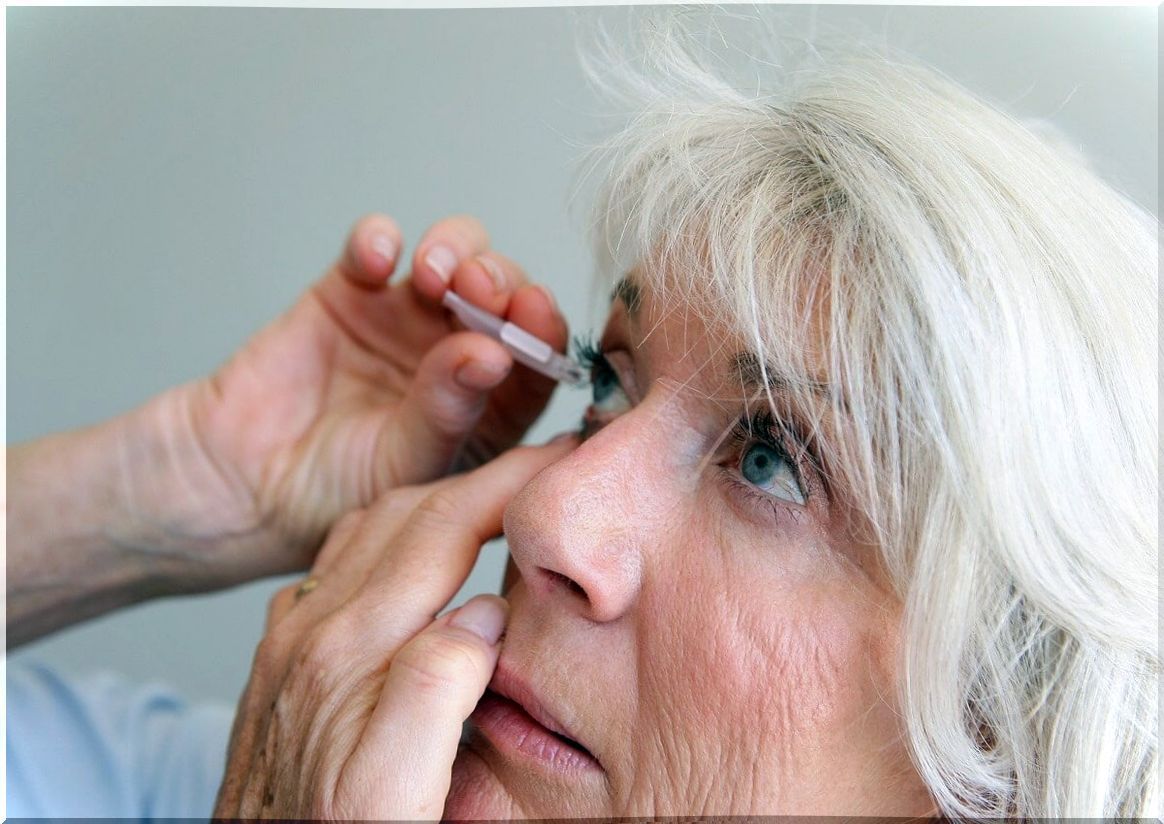Diagnosis And Treatment Of Uveitis
Uveitis is a pathology characterized by inflammation of the uvea, the intermediate layer of ocular tissue located between the sclera and the retina. According to portals such as the Mayo Clinic, this disease manifests itself with redness of the eye, blurred vision and pain. Also, it tends to get worse quickly.
As medical studies show, the chronic form of this disorder is associated with complications such as glaucoma or retinal detachment. Therefore, it is essential to know its signs, diagnosis and treatment. Discover them!
What is uveitis?
Uveitis is a form of eye inflammation. The uvea is the intermediate ocular lamina and, therefore, is highly irrigated with blood capillaries. In fact, it is through these channels that the immune cells that provoke the undesirable inflammatory response can enter.
The Portal Clínic Barcelona medical page provides us with some very interesting data regarding the distribution of uveitis. Some of them are the following:
- This eye disorder is considered by the World Health Organization (WHO) as a rare disease.
- Together with diabetes mellitus, uveitis is the main cause of blindness in the active working age group, which translates into a high socioeconomic impact.
- In the United States, 10% of all cases of blindness are caused by uveitis. In Spain, an estimated 47,000 people are affected by the disease.
All these figures reveal that it is a much more widespread disorder than could be considered in the first place. In addition, the aforementioned portal indicates that there are different types of uveitis depending on the place of involvement. These are as follows:
- Iritis: affects the front of the eye. It is accompanied by eye redness, pain, and photophobia (rejection of light).
- Intermediate uveitis: in this case the gelatinous substance that gives the eye tone and that fills the vitreous cavity (vitreous humor) becomes inflamed. Clusters of “snowballs” can form in this substance, that is, clusters of floating inflammatory cells.
- Posterior uveitis: inflammation of the retina or choroids.
- Panuveitis: when the disease manifests itself in both the front and back of the eye.
Once we have described the incidence of this disease in the general population and the possible subtypes, it is time to dive into the diagnosis and treatment of the disease.

Diagnosis and treatment of uveitis
In order to address the disease, it is first necessary to know its causes. The National Eye Institute (NIH) organism shows us the possible reasons that drive the appearance of uveitis. Some of them are the following:
- A wrong attack by the body’s own immune system (autoimmune disorders).
- Infectious processes that occur within the eye.
- Tumors associated with the ocular apparatus.
- Eye damage and injuries.
- Entry of toxic substances into the eye.
- Certain diseases, such as HIV, toxoplasmosis, tuberculosis, and many others.
Diagnosis
The diagnosis of uveitis requires a detailed medical history of the patient, since the causes can be multiple and very little related to each other. The eye examination is usually the first of the steps, since this pathology is linked to loss of vision.
Therefore, the eye doctor may suggest performing various tests. For example:
- Visual acuity tests .
- Fundscopic exam (of the back of the eye).
- Measurement of eye pressure.
- Inspection of the eye using a slit lamp.
Unfortunately, in people with intermediate uveitis, tests aimed at evaluating the central nervous system may be necessary. The reason? Several studies have identified it as a symptom of multiple sclerosis in its early stages.
Other sources state that a blood test can facilitate the diagnosis of the disease. This ocular disorder can present various complications when detected, but the first step is always to differentiate whether the cause is infectious or non-infectious.
Treatment
Uveitis treatment is based on eliminating inflammation of the uvea, relieving local pain, and preventing further tissue damage. Still, the cause will determine the drug of choice, since a bacterial infection in the eye has nothing to do with an autoimmune disorder. Thus, the drugs generally used can be divided into three groups:
- Anti-inflammatory drugs : steroidal drugs that are usually prescribed as eye drops.
- Antibiotics or antivirals: focused on combating and eliminating the viral or bacterial source of infection that causes pain.
- Immune system modulators: immunosuppressive drugs that target specific elements of the patient’s immune system.

What is there to remember about uveitis?
As we have seen, uveitis is an ocular disorder characterized by an inflammatory process with multiple causes. This pathology can be explained by infectious processes such as bacterial colonizations in the eye, neurodegenerative diseases as complex as multiple sclerosis, among others.
For this reason, the diagnosis and treatment of this disease can be complex. In any case, in the face of persistent eye pain, prompt assistance to the doctor becomes essential.








